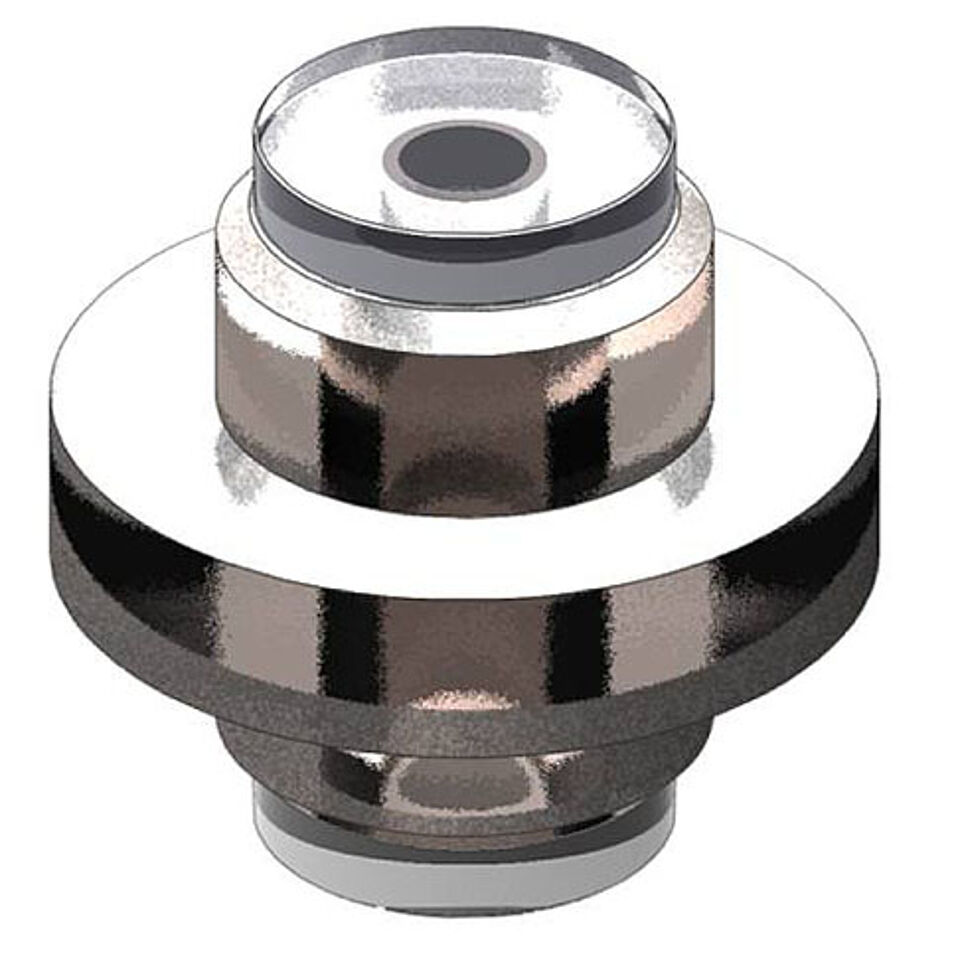Today's most accurate measurements of time and space are based on laser light that is bounced back and forth many times between highly reflecting mirrors, so-called optical cavities. The sensitivity of these measurements is ultimately limited by the properties of the cavity mirrors. A particular roadblock over the last decade has been the mechanical motion of the optical coatings that make up the reflective elements of the mirrors. This unwanted mechanical motion imprints unavoidable "thermal noise" on the measurement. "Our mirrors represent a leap forward in optical coating technology", says Garrett Cole, co-founder and CEO of Crystalline Mirror Solutions. The new mirror technology is based on a proprietary coating process that enables high-reflectivity monocrystalline semiconductor films to be integrated with essentially arbitrary bulk optics. Via this process, the unique properties of semiconductor single crystals can be exploited in optical precision measurement. According to Dr. Cole, "Compared with previous technology, this unique combination immediately reduces the measurement noise by a factor of 10 and it is clear that we have not yet reached the ultimate limit." With an international patent currently under review, Crystalline Mirror Solutions is in a unique position as the sole provider of this exciting new coating technology.
Improving the sensitivity of optical precision measurement systems has a far reaching impact, from fundamental scientific endeavors to advanced technologies including trace chemical analysis, inertial navigation, and broadband communications. The first technical demonstrator, "Tenfold reduction of Brownian noise in high-reflectivity optical coatings" (http://dx.doi.org/10.1038/nphoton.2013.174), was published in the August issue of Nature Photonics, covering research pursued in collaboration with the University of Vienna and JILA, the joint institute of the University of Colorado at Boulder and the National Institute of Standards and Technology, in Boulder, Colorado (USA). The results presented therein have already generated significant interest from both the scientific community and potential industrial partners. In a recent workshop on Gravitational Wave Detectors in Elba, Italy the crystalline coating technique developed by CMS has been 'unanimously declared the most exciting result of the workshop'. Currently, CMS has teamed up with scientific partners at the two leading national metrology laboratories of Germany and the US, the Physikalisch-Technische Bundesanstalt (PTB) in Braunschweig and the National Institute for Standards (NIST) in Boulder, to build the world's most stable clock.
Start-up in Austria made simple
"The initial ideas emerged as a byproduct of our research on macroscopic quantum phenomena in mechanical systems within the Faculty of Physics. The University was extremely helpful in establishing the relevant contacts 'outside of the lab'," says Markus Aspelmeyer. After consulting by INiTS (a Viennese business incubator of the City Vienna, the University of Vienna and the Technical University of Vienna), CMS received initial financing both by the AWS-operated JITU pre-seed program of the BMWFJ and by the newly established Proof of Concept initiative of the European Research Council, which eventually led to the founding of the company. "The early support offered by the AWS and the ERC made prototype development possible. Once the technology was proven we were overwhelmed by the interest from the precision measurement community. The only way to effectively fulfill the demand was by spinning off the technology and forming the start-up." describes Prof. Aspelmeyer. "To me this is a wonderful example of how research focusing on fundamental questions can very unexpectedly generate high-tech products for industry and science."

